Throughout history, battles have not only changed the course of human events but have also left lasting marks on the physical landscape. From earthwork fortifications to memorial gardens, these conflicts have transformed quiet villages into living museums where visitors can explore the intersection of history and geography.
Today, many of these sites maintain both their historical significance and the visible scars of conflict, offering unique opportunities to understand how military engagements have shaped both the terrain and the communities that call these places home. These villages provide tangible connections to pivotal moments in history while demonstrating how communities have preserved and interpreted their martial heritage.
Hastings, England
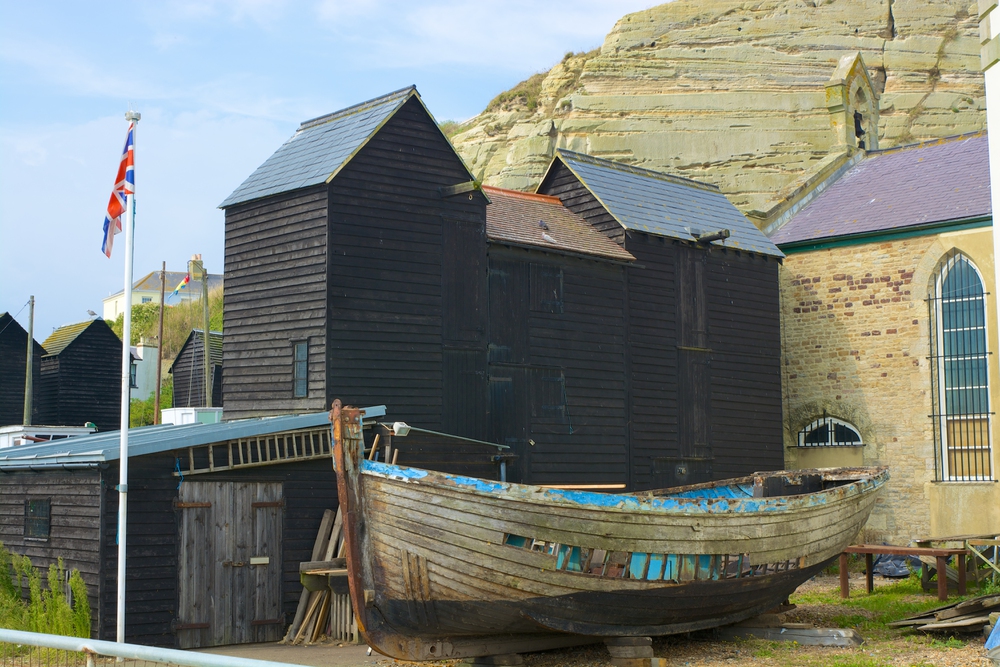
The village near the famous 1066 battlefield still shows evidence of the Norman Conquest, with defensive earthworks visible on the surrounding hills. Battle Abbey, built on the actual battle site, offers panoramic views of the landscape William the Conqueror’s forces encountered.
Local historians lead guided walks explaining how the terrain influenced medieval combat tactics and shaped the battle’s outcome. The town’s annual reenactment festival brings the historic landscape to life while archaeological digs continue to reveal new insights about the battle that changed English history.
Gettysburg, Pennsylvania
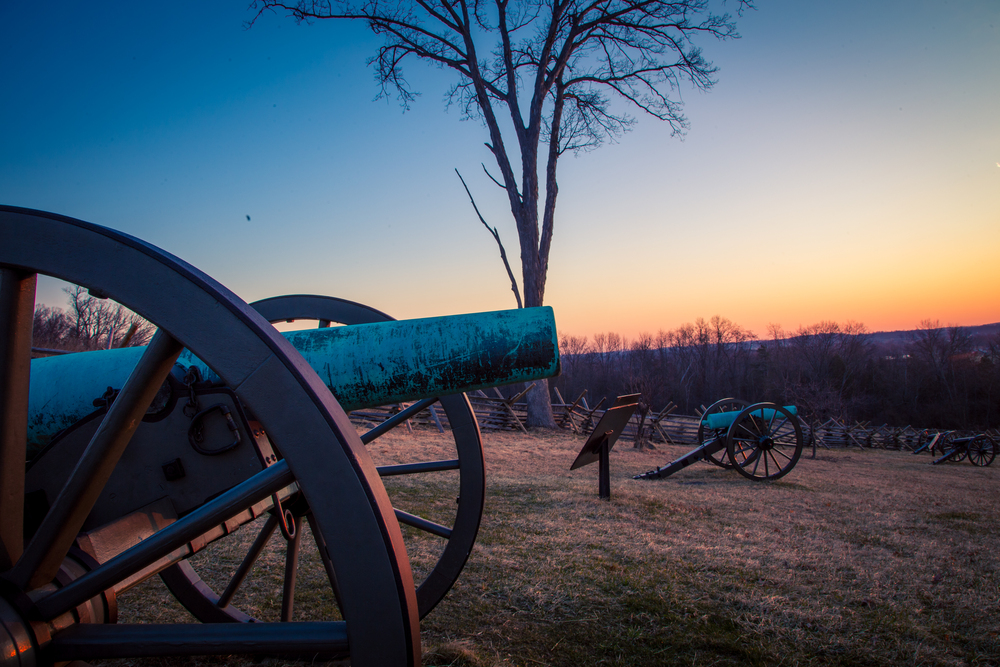
This small town preserves the rolling hills and stone walls that played crucial roles in the Civil War’s bloodiest battle. The landscape features hundreds of monuments and markers that help visitors understand how terrain influenced troop movements and tactical decisions.
Local guides highlight how geological features like Little Round Top and Devil’s Den shaped the battle’s outcome. The town itself retains many buildings that served as field hospitals, with visible battle damage still apparent in their walls and foundations.
Like Travel Pug’s content? Follow us on MSN.
Waterloo, Belgium
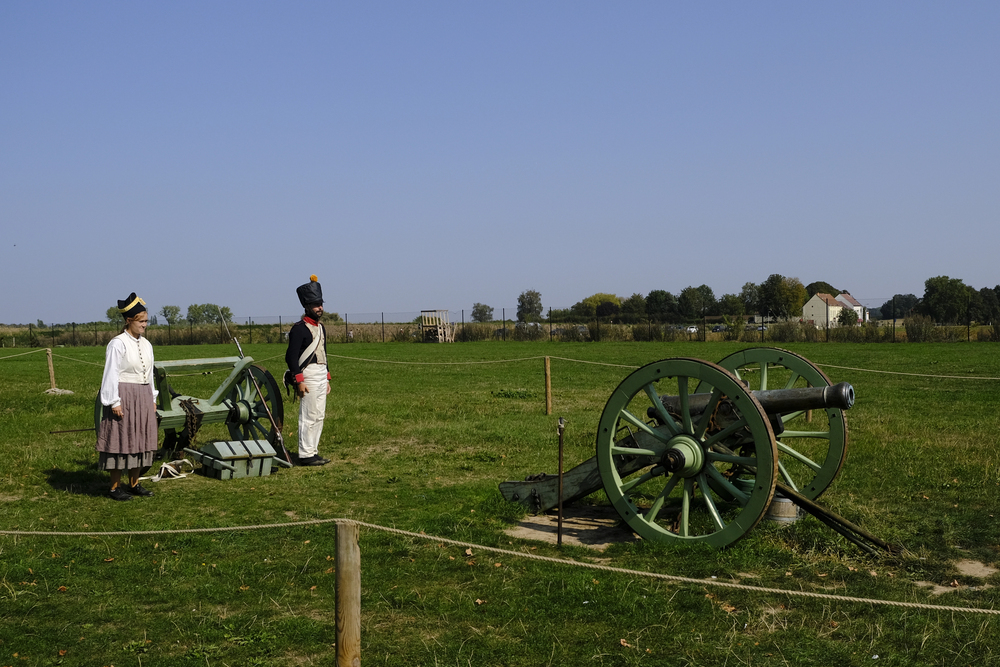
The rural landscape surrounding this village remains largely unchanged since Napoleon’s final defeat, with the Lion’s Mound offering a commanding view of the battlefield. Original farmhouses that served as command posts still stand, including the restored Hougoumont Chateau, where some of the fiercest fighting occurred.
The recently renovated underground memorial museum explains how the gentle slopes and muddy fields influenced cavalry charges and infantry movements. Local farmers occasionally uncover artifacts while plowing fields that witnessed one of history’s most decisive battles.
Culloden, Scotland
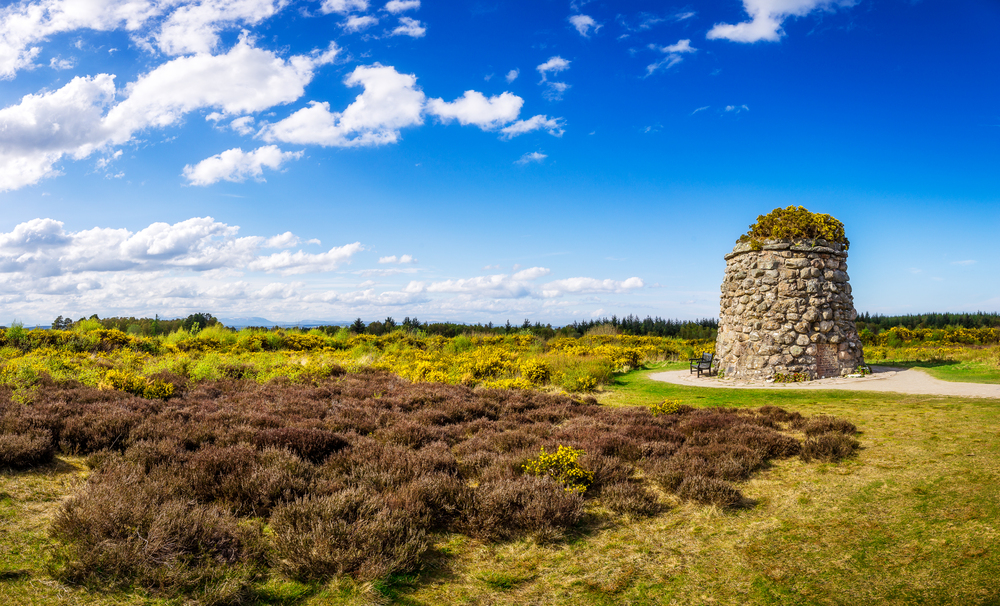
The stark moorland where the Jacobite Rising met its end remains hauntingly preserved, with visible mounds marking mass graves and clan positions. The boggy terrain, which hampered Jacobite charges, can still be experienced by walking the battlefield’s paths.
Modern archaeological techniques have revealed new details about how the landscape influenced the battle’s outcome, while the visitor center uses immersive technology to help visualize the historic environment. Local guides share both historical facts and Highland folklore associated with this emotionally charged landscape.
Thermopylae, Greece
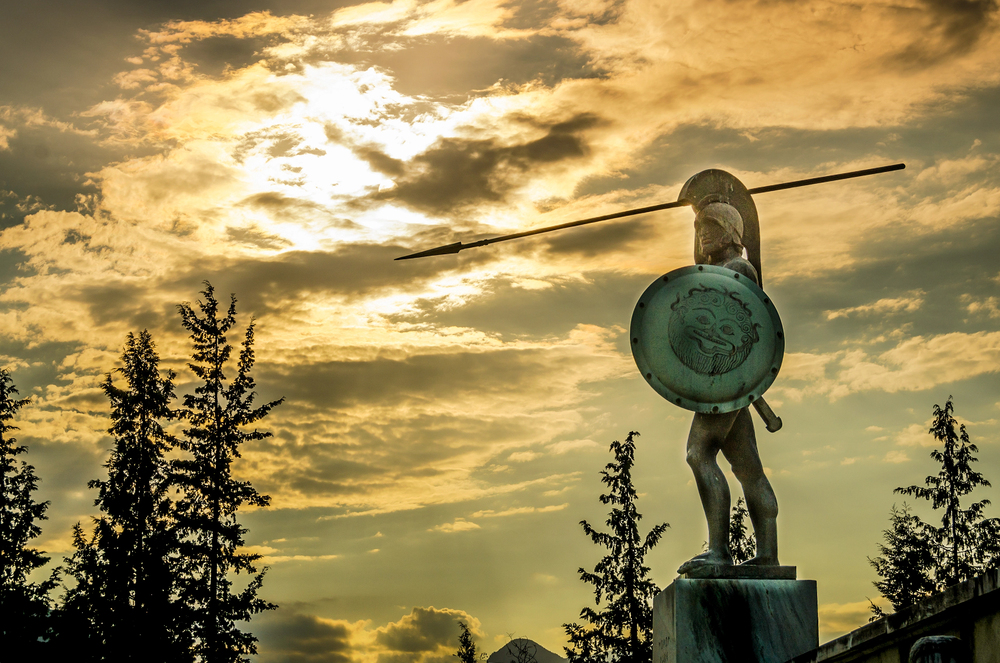
Though coastal changes have altered the ancient landscape, this village preserves the memory of the famous Persian-Spartan battle through both natural and constructed features. The hot springs that gave the pass its name still flow, while monuments mark key positions in the ancient defensive line.
Modern geology helps visitors understand how tectonic activity has changed the landscape since 480 BCE, making the original battle terrain easier to visualize. Local museums display artifacts discovered during construction projects that continue to reshape the historic pass.
Like Travel Pug’s content? Follow us on MSN.
Verdun, France
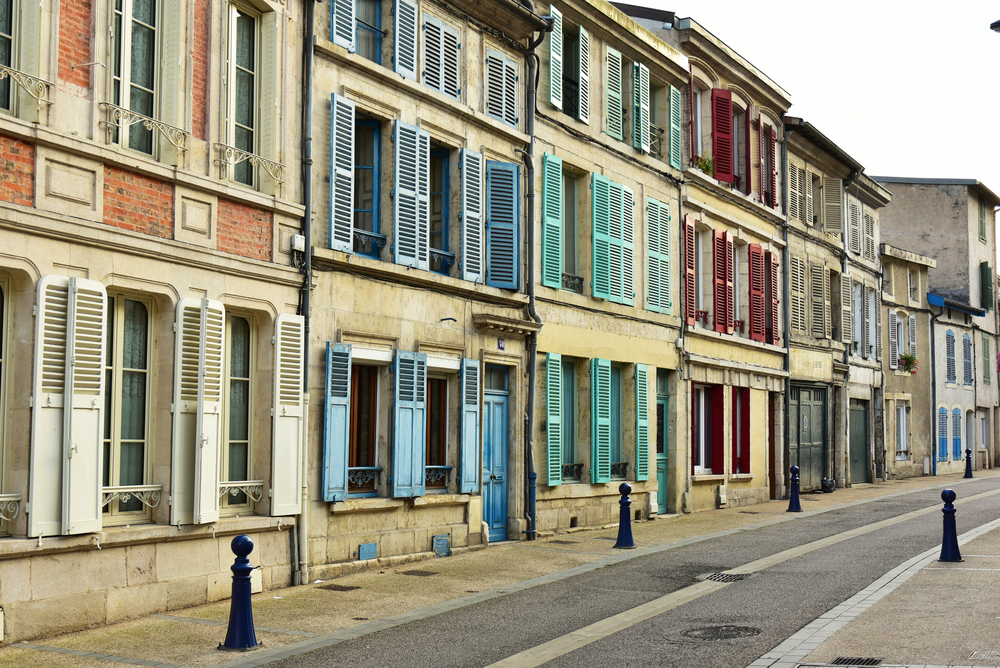
This village and its surrounding forests still bear visible scars from World War I, including shell craters, trenches, and bunkers that have become part of the landscape. The preserved battlefield demonstrates how industrial warfare permanently altered the terrain, with some areas still deemed too dangerous for access due to unexploded ordnance.
Local conservation efforts focus on preserving both the historical features and the unique ecosystem that has developed in the aftermath of the battle. The village maintains memorials where visitors can see how the landscape has slowly healed while retaining evidence of the conflict.
Bannockburn, Scotland
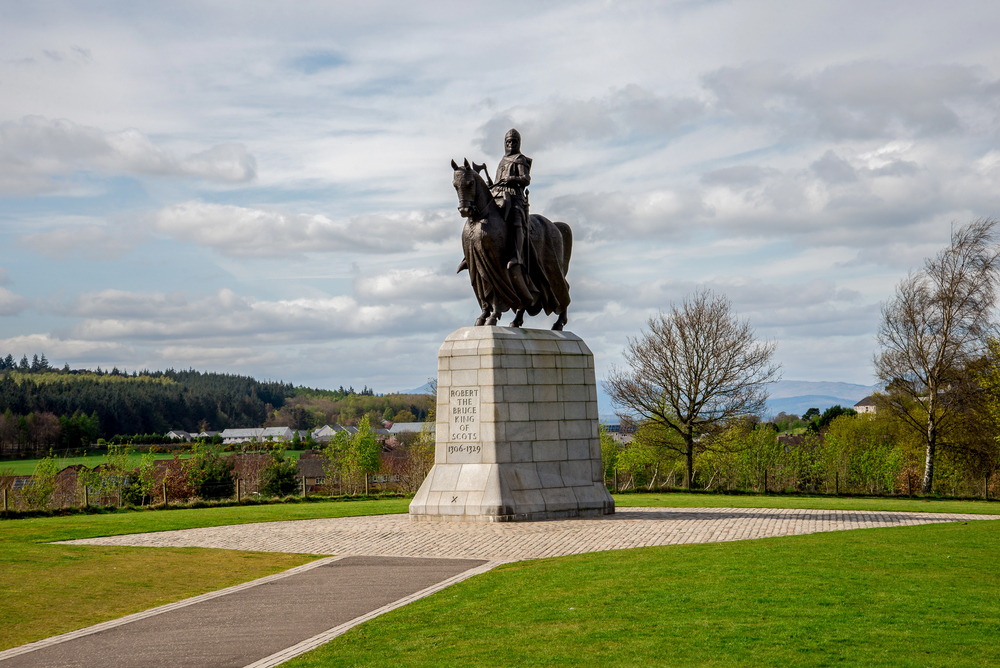
The site of Robert the Bruce’s victory over English forces features preserved medieval earthworks and modern interpretive landscaping that helps visitors understand the battle’s progression. The boggy ground that played a crucial role in the Scottish victory remains evident, though partial drainage has altered some features.
Local experts guide visitors through the terrain, explaining how Bruce used the landscape to his advantage. The village maintains traditional Scottish gardens featuring plants that would have been present during the 1314 battle.
Borodino, Russia
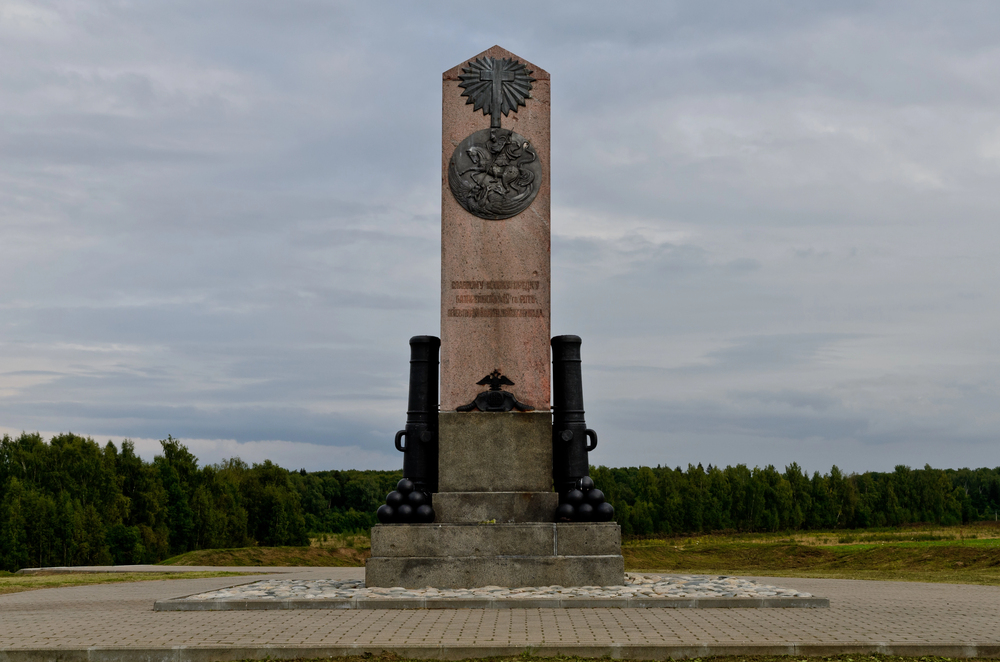
This village preserves the rolling plains where Napoleon’s Grande Armée met Russian forces in 1812, with original redoubts and artillery positions still visible in the landscape. Local farmers maintain traditional agricultural practices around the battlefield, helping to preserve its historical appearance.
The annual reenactment uses the natural terrain features that influenced the original battle tactics. The village museum houses artifacts regularly uncovered by spring plowing, providing ongoing insights into the battle’s impact on the landscape.
Like Travel Pug’s content? Follow us on MSN.
Yorktown, Virginia
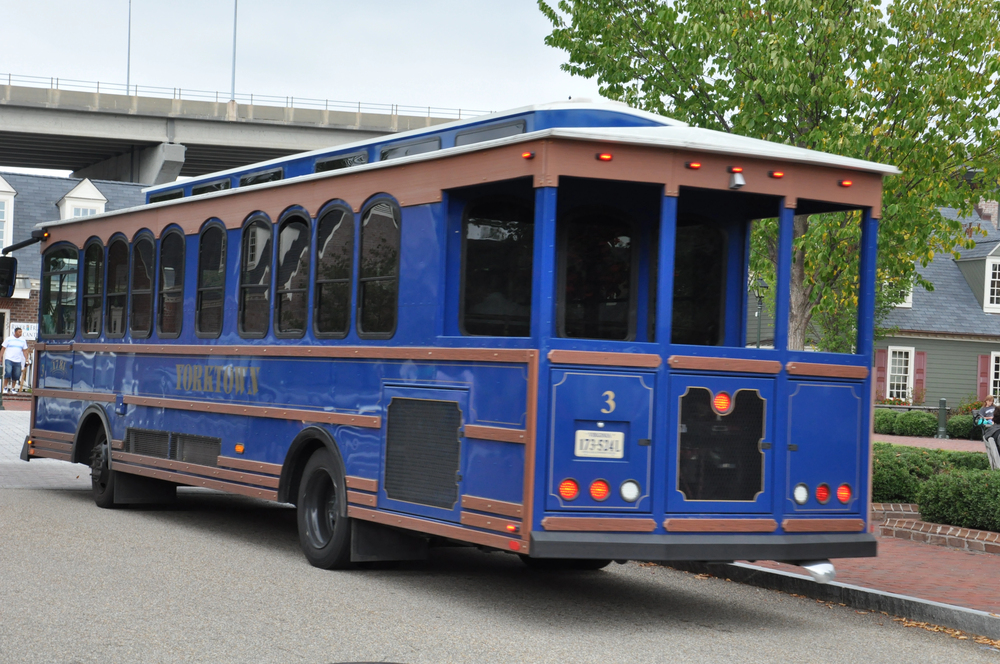
The earthwork fortifications from the American Revolution’s decisive battle remain clearly visible in this historic village, with preserved trenches and gun emplacements. The landscape demonstrates how American and French forces used terrain to their advantage during the siege of British positions.
Local archaeology programs continue to discover new features that help explain how the battlefield landscape evolved during the conflict. The village waterfront preserves evidence of the naval aspects of the siege, with interpretive displays explaining how geography influenced military strategy.
Naseby, England
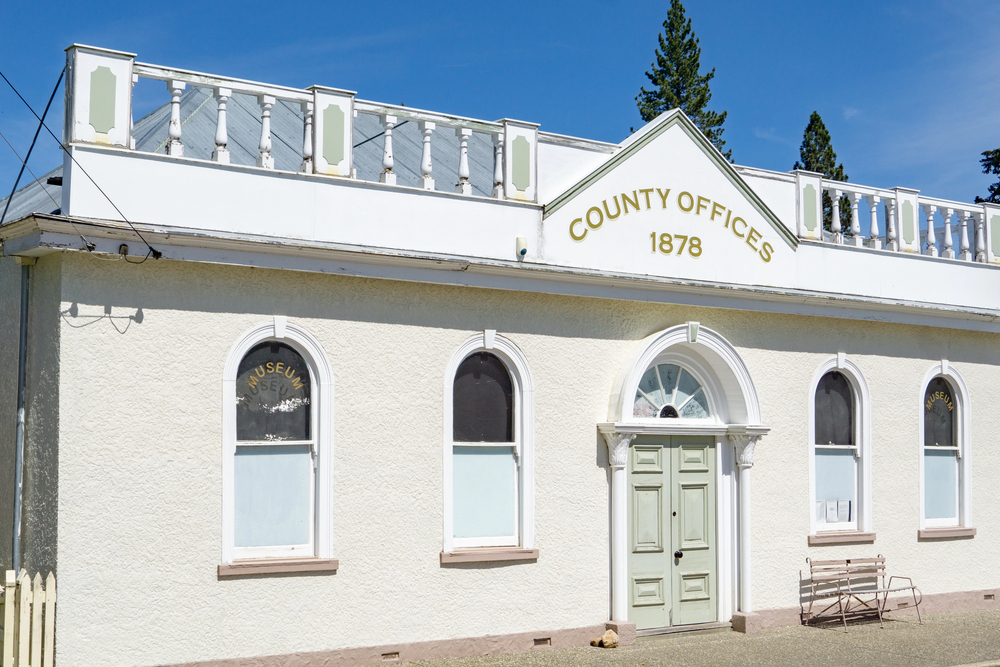
This English Civil War battlefield features preserved hedgerows and field systems that influenced the 1645 battle’s outcome. Local conservation efforts maintain the historic field patterns and drainage systems that affected troop movements.
The village church tower, which served as an observation post, still offers views of key battlefield positions. Modern farming practices work around historical features, helping to preserve the landscape’s martial heritage.
Troy, Turkey
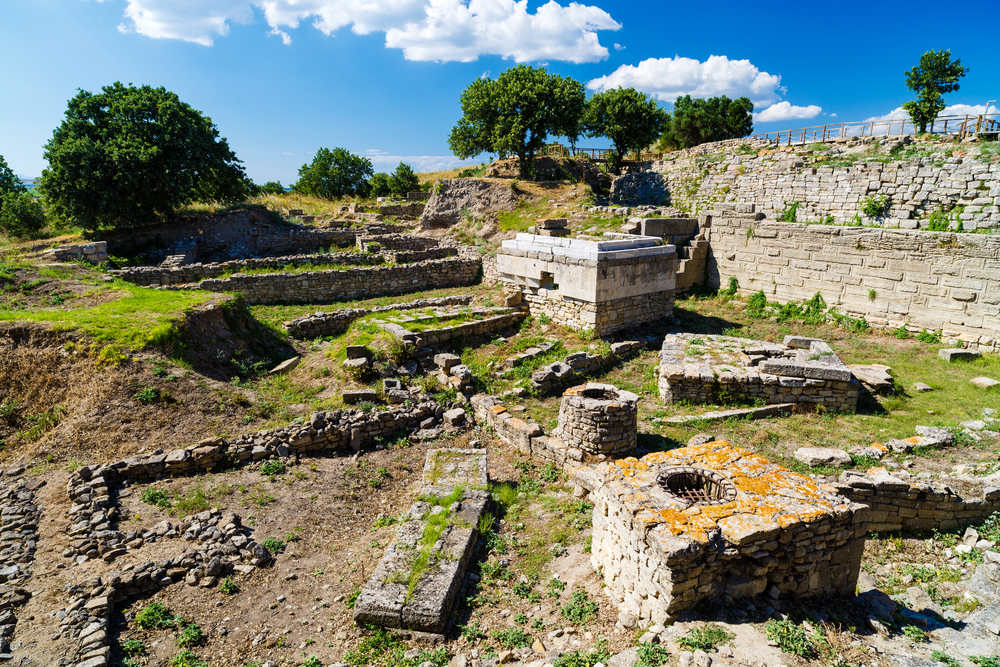
While the legendary battlefield lies buried beneath multiple city layers, archaeological excavations reveal how the landscape influenced ancient warfare. The village of Tevfikiye preserves elements of the terrain that would have been familiar to Homer’s heroes, including the plain where armies allegedly gathered.
Local guides explain how recent geological studies have helped reconstruct the bronze age coastline and battlefield. The surrounding area demonstrates how thousands of years of human activity have transformed the historic landscape.
Like Travel Pug’s content? Follow us on MSN.
Stalingrad (Volgograd), Russia
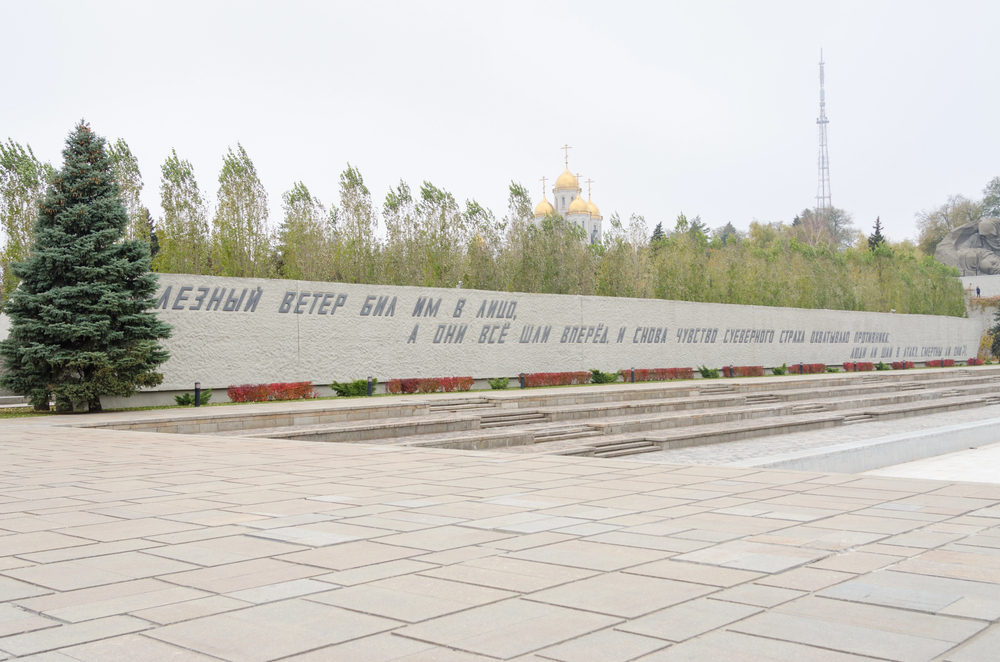
The modern city preserves key sites from the World War II battle, including the grain elevator and Mamayev Kurgan hill that dominated the fighting. Local restoration projects maintain wartime ruins as memorials while allowing visitors to understand how urban terrain affected combat operations.
The village of Spartanovka, on the city’s outskirts, retains visible evidence of the German advance and Soviet defense lines. Archaeological work continues to reveal new details about how the battle transformed both the urban and rural landscape.
Isandlwana, South Africa
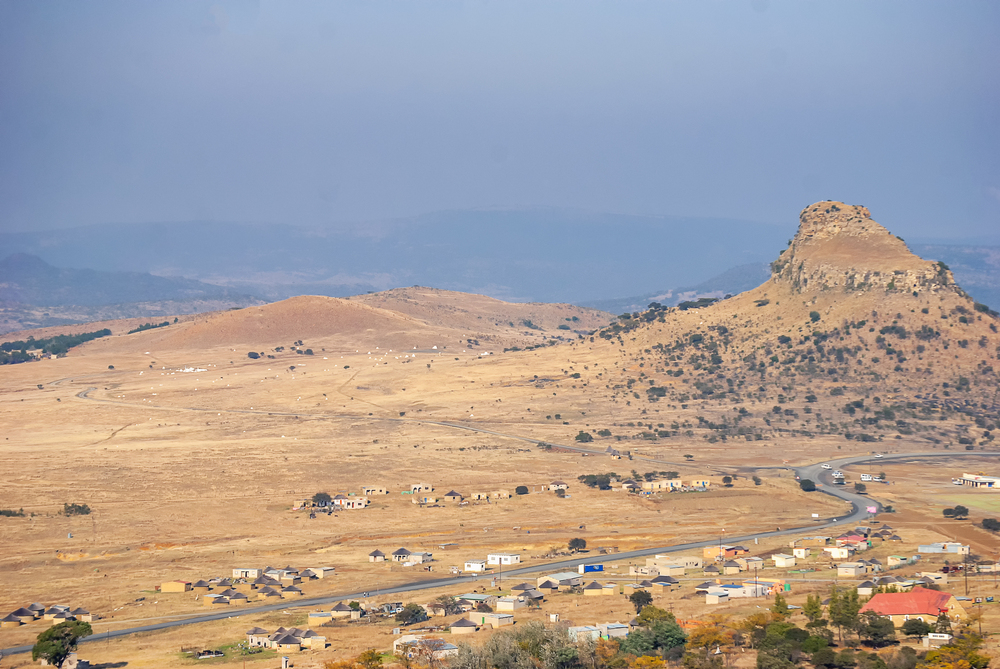
This remote village preserves the distinctive hill where British forces met defeat against Zulu warriors, with white cairns marking mass graves across the battlefield. The landscape has remained largely unchanged since 1879, allowing visitors to understand how terrain influenced both British defensive positions and Zulu attack routes.
Local Zulu communities maintain oral histories about how the battle changed their relationship with the land. The surrounding area features traditional pastoral practices that help preserve the historical appearance of the battlefield.
Marathon, Greece
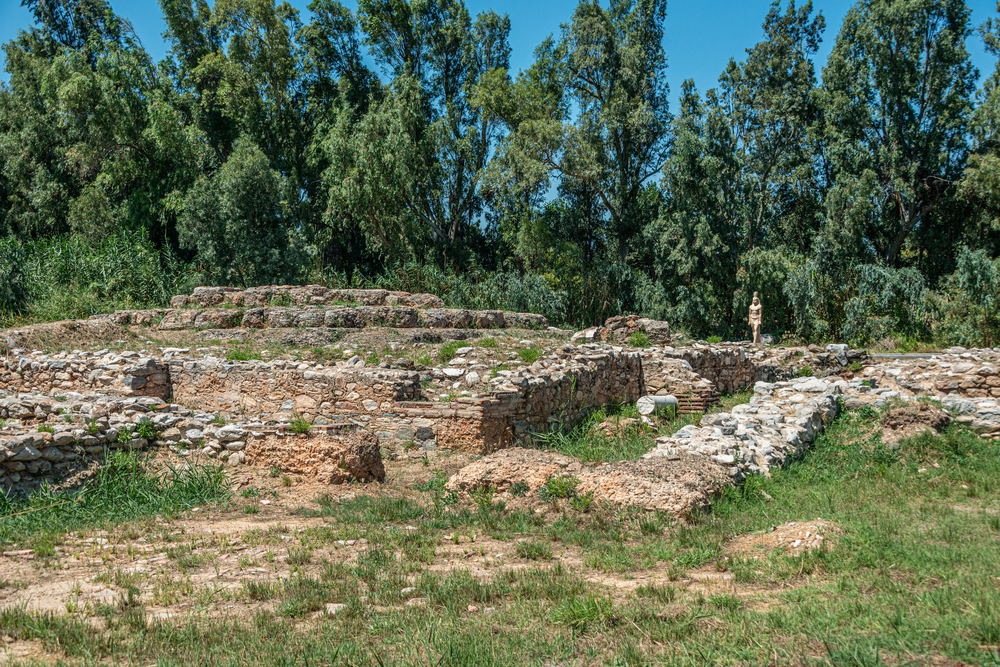
Though modern development has encroached on the ancient battlefield, this village maintains areas where visitors can appreciate how geography influenced the famous Persian-Greek clash. The burial mound of Athenian warriors still rises from the plain, while pathways follow ancient military routes.
Local museums use landscape models to help visitors understand how coastal changes have altered the historical terrain. The village’s annual marathon race incorporates historical sites along its route, connecting modern activities with ancient history.
Like Travel Pug’s content? Follow us on MSN.
Agincourt, France
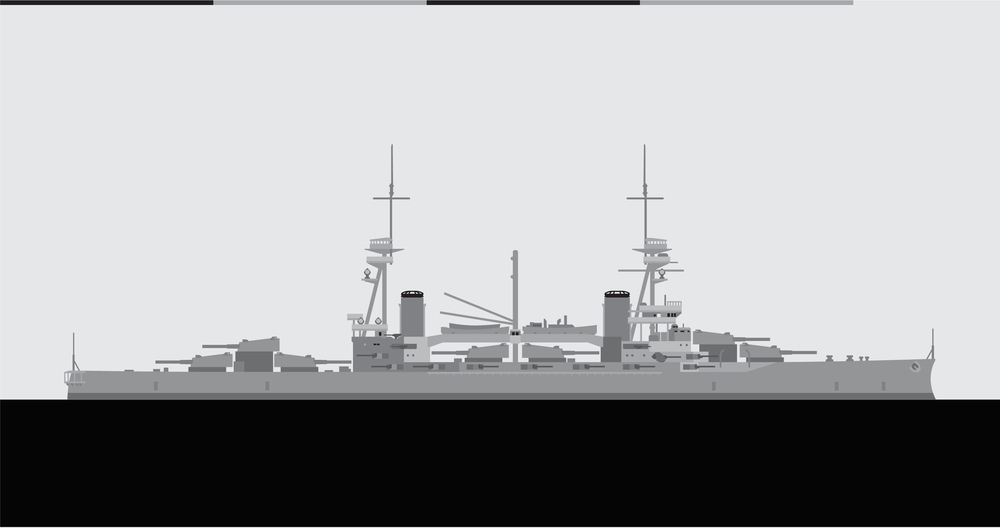
This small village preserves the narrow battlefield where English longbowmen defeated a larger French force, with original forest edges still defining the combat area. Local agricultural practices maintain the open fields where the battle occurred, while hedgerows mark traditional boundaries.
The village museum uses terrain models to demonstrate how muddy conditions affected heavily armored French knights. Archaeological surveys continue to reveal new information about how the 1415 battle shaped the local landscape.
Waterford, Ireland
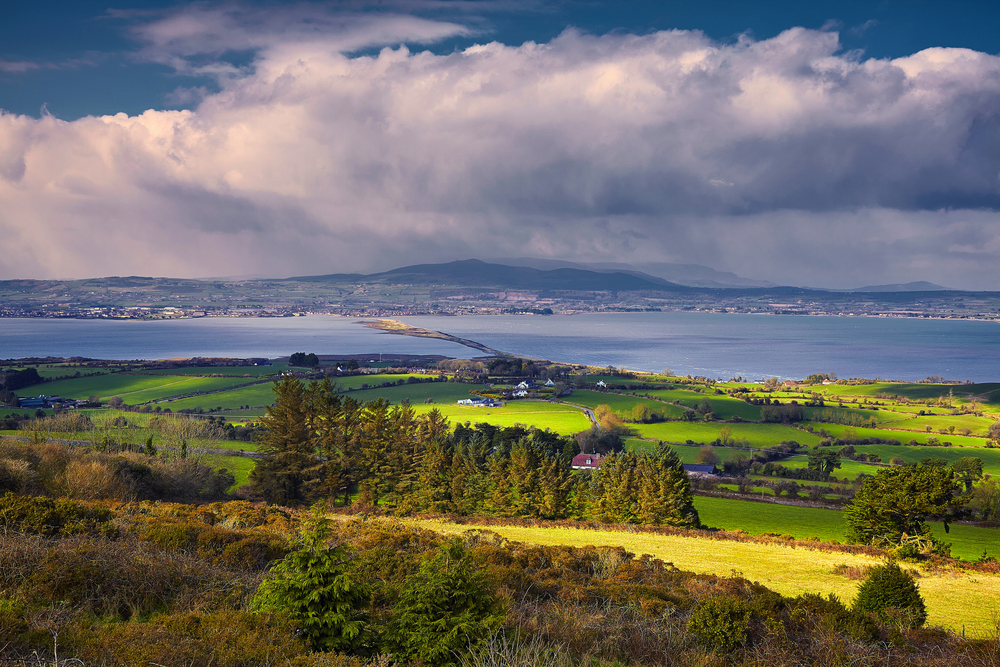
This Viking-founded city preserves elements of the landscape that influenced medieval battles for control of Ireland’s oldest city. The original defensive walls incorporate natural terrain features that Vikings used to protect their settlement.
Local archaeology projects regularly uncover evidence of how successive conflicts reshaped the urban landscape. The city’s historic district maintains street patterns that reflect both military necessity and commercial development.
Thermopylae, Greece
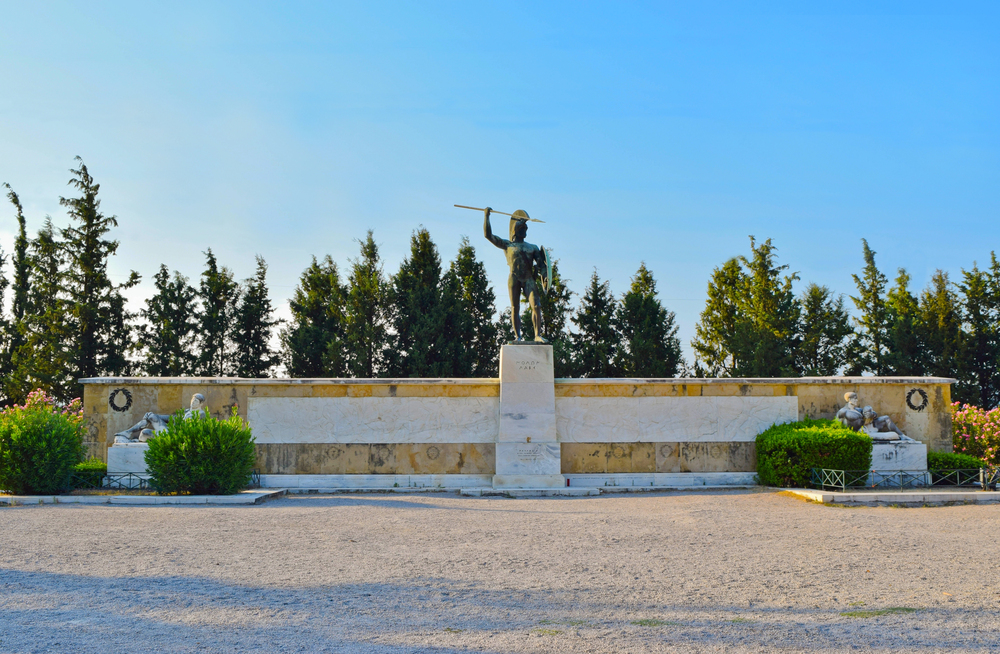
Though coastal changes have altered the ancient landscape, this village preserves the memory of the famous Persian-Spartan battle through both natural and constructed features. The hot springs that gave the pass its name still flow, while monuments mark key positions in the ancient defensive line.
Modern geology helps visitors understand how tectonic activity has changed the landscape since 480 BCE. Local museums display artifacts discovered during construction projects that continue to reshape the historic pass.
Like Travel Pug’s content? Follow us on MSN.
Rorke’s Drift, South Africa
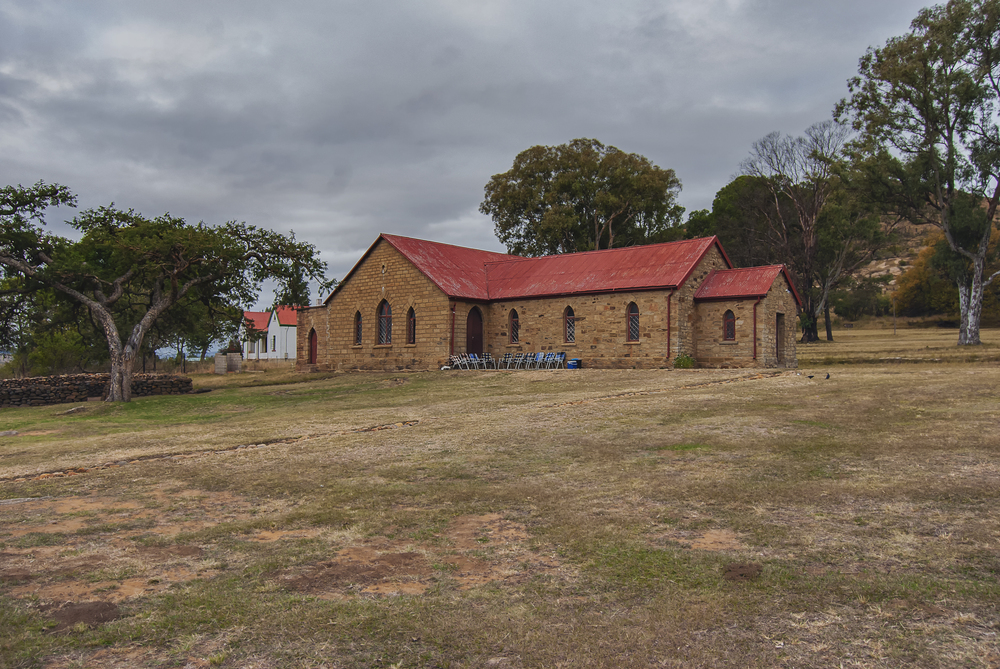
This small settlement maintains the original buildings and terrain features that played crucial roles in the famous Anglo-Zulu battle. The defensive positions built by British troops remain visible, while the nearby Buffalo River still marks the boundary between historical territories.
Local Zulu communities share traditional perspectives on how the battle changed their ancestral lands. The surrounding landscape preserves the approaches used by Zulu warriors during their attacks on the British position.
Stirling, Scotland
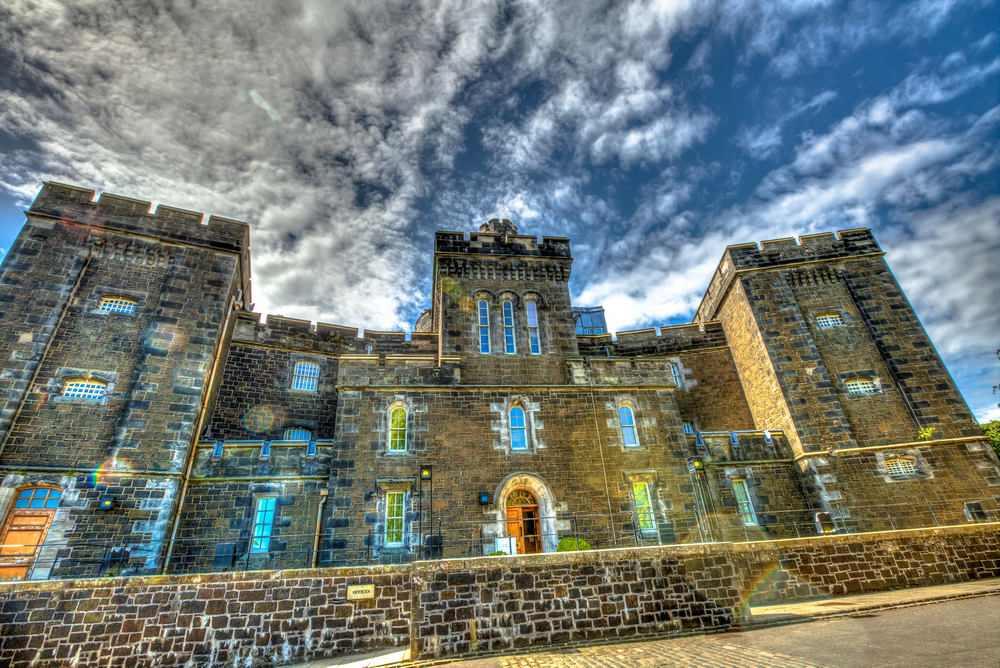
The village beneath Stirling Castle preserves medieval street patterns and defensive features that influenced numerous Scottish battles. The original bridge crossing point, vital to controlling movement between highlands and lowlands, remains evident in the landscape.
Local conservation efforts maintain the steep castle approaches that proved crucial in many sieges. The surrounding countryside retains evidence of how various armies adapted their tactics to the challenging terrain.
Thermopylae Modern Village, Greece
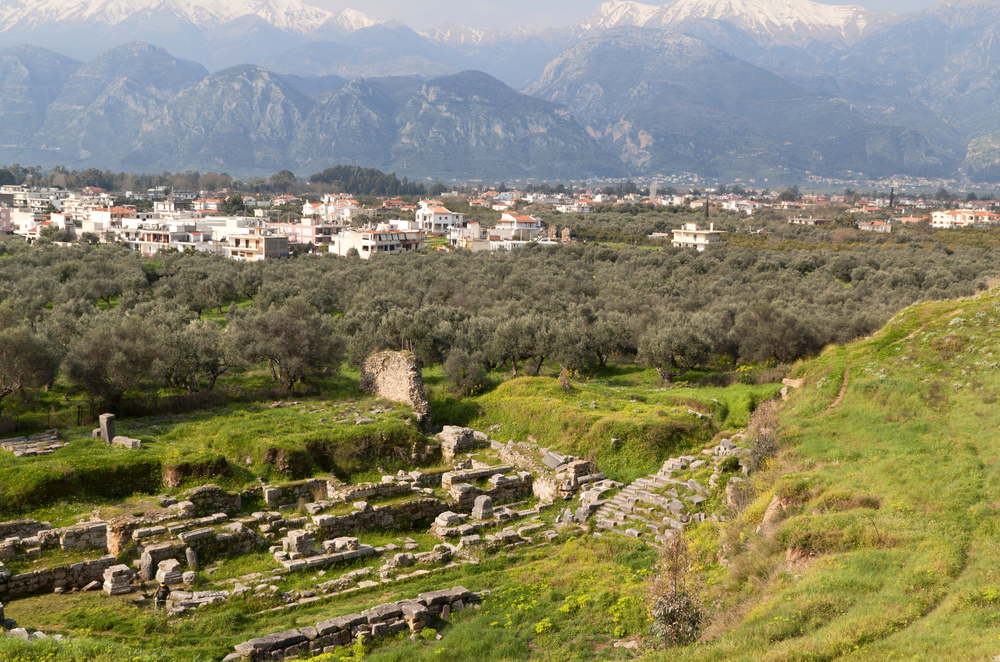
While the ancient battlefield has changed dramatically, this modern settlement preserves elements that help visitors understand the famous Persian-Spartan confrontation. The hot springs that gave the pass its name still flow, while monuments mark key positions in the ancient defensive line.
Recent geological studies help explain how tectonic activity and coastal changes have transformed the landscape since 480 BCE. The village museum displays artifacts regularly uncovered during local construction projects.
Like Travel Pug’s content? Follow us on MSN.
Sacred Ground and Living History
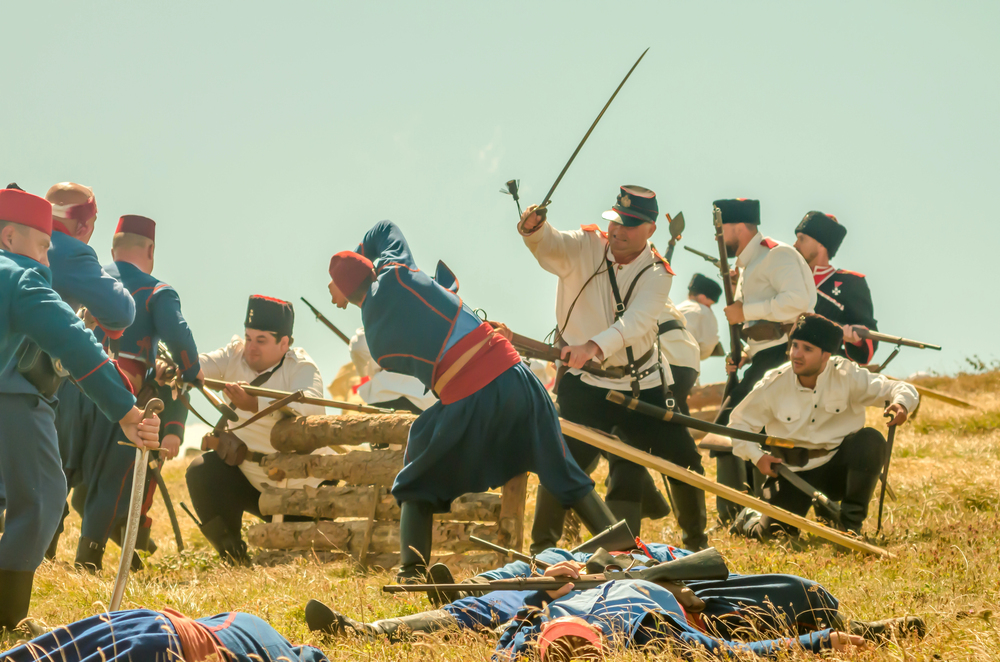
These historic battlefields demonstrate how military engagements have left permanent marks on both the physical landscape and the communities that maintain them. Each site offers unique perspectives on how terrain influenced tactical decisions while preserving tangible connections to pivotal moments in history.
Whether you’re interested in military history, landscape archaeology, or cultural heritage, these villages provide compelling examples of how communities continue to interpret and preserve their martial landscapes while adapting to modern needs.
More from Travel Pug

- 15 Dangerous European Cities to Avoid
- 15 Caribbean Islands Where Tourists Keep Getting Scammed
- The 20 Most Fascinating Abandoned Places: A Journey Through Time and Forgotten Spaces
- 15 Hidden Places in the Smithsonian Museums Locals Love: A Guide to Lesser-Known Treasures
- 16 Hidden Florida Beach Towns That Aren’t Overrun with Tourists
Like Travel Pug’s content? Follow us on MSN.
